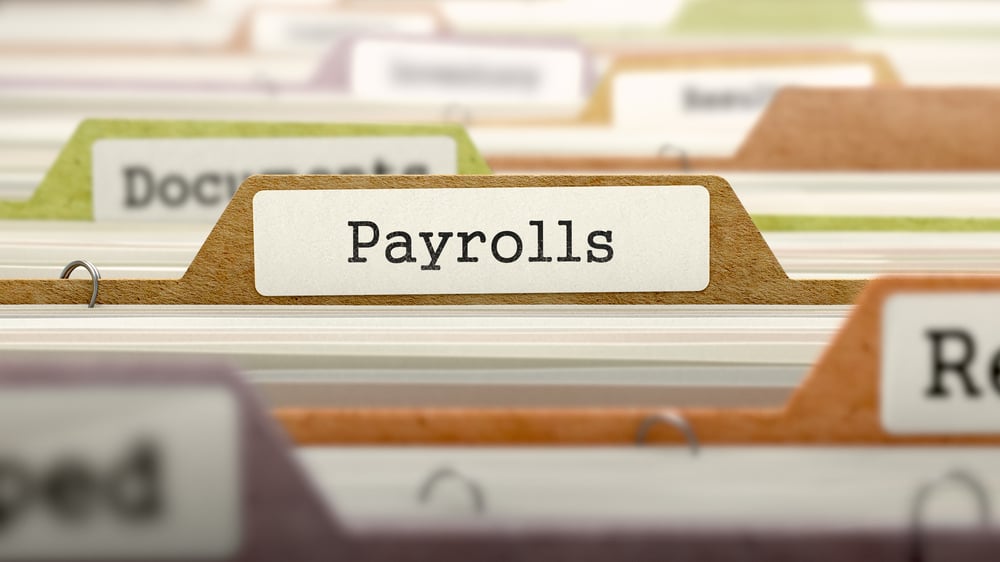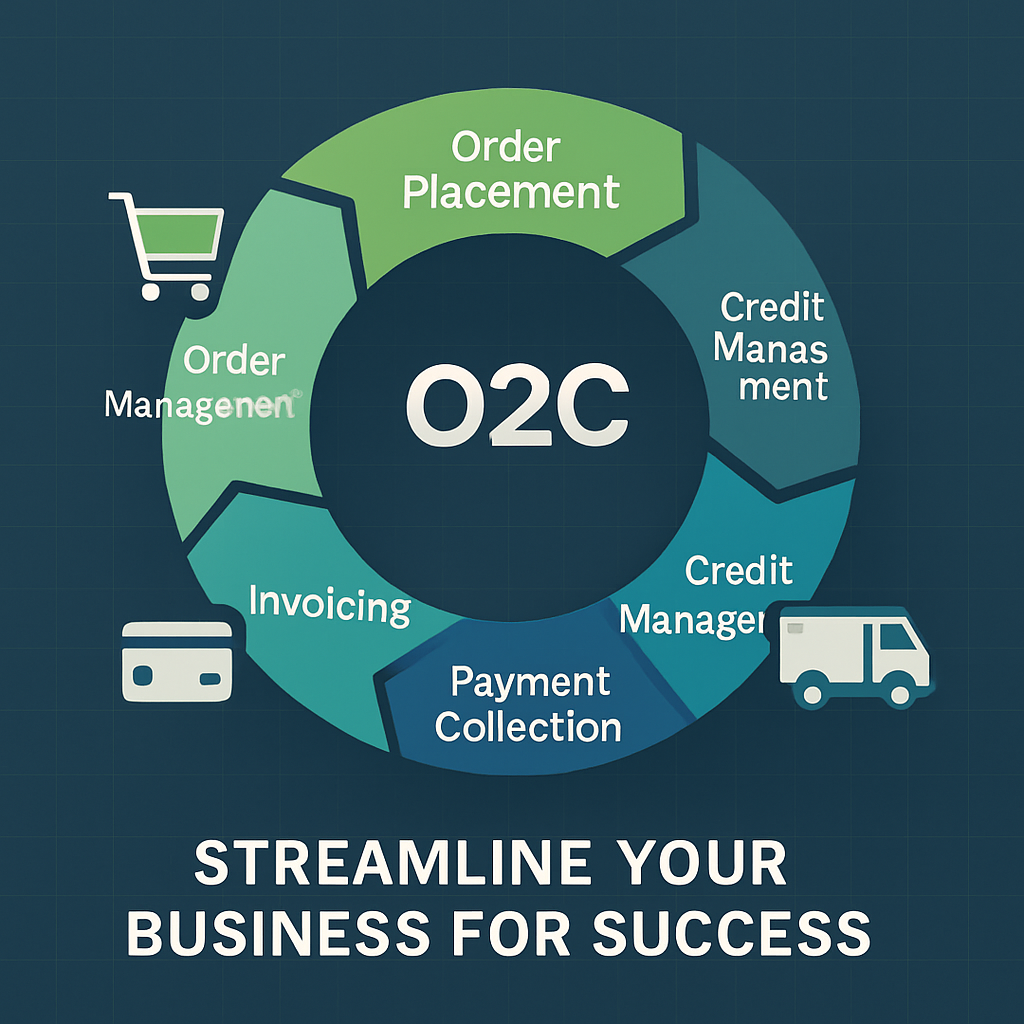What CFOs Need to Know About AI in Enterprise Performance Management
Enterprise Performance Management (EPM) Artificial intelligence (AI) is fundamentally reshaping enterprise performance management (EPM), giving CFOs...

To us it's simple...
"Do things the right way. For the right reasons. Good things will follow."

Payroll isn’t just issuing paychecks – it includes everything from tracking employee hours, calculating taxes and benefits, fulfilling wage and labor-law requirements, keeping records, and ensuring cash-flow is sufficient.
If you’re going to have employees, you’ll need an EIN, which the internal Revenue Service (IRS) uses to monitor payroll tax filings and business income. Apply early so you’re ready when hiring.
Payroll is often one of your largest expenses. On top of wages, employers must match Social Security and Medicare taxes (about 7.65% in many cases) and may offer benefits. A good practice is to calculate total payroll cost (wages + taxes + benefits) as a percentage of revenue.
Make sure you’re classifying people correctly as employees vs independent contractors. Misclassification can lead to serious tax penalties. Employees fill out W-4, contractors a W-9; if unsure, you can ask the IRS via Form SS-8.
Employees must also be categorized by whether they are hourly or salaried. Hourly staff often must receive overtime for >40 hours/week under the Fair Labor Standards Act (FLSA). Salaried employees may be exempt if they meet certain criteria.
Decide how often you’ll pay (weekly, bi-weekly, semi-monthly, monthly). Whatever you pick, consistency is key for employees. Also ensure your schedule aligns with your cash flow and complies with federal/state laws.
Federal, state and local laws around wages, taxes and labor change frequently. It’s vital to keep current – failing to do so can cause payroll miscalculations, compliance issues, tax liability, or even lawsuits.
The more complex your payroll-related policies (attendance, leave, benefits, reimbursements), the harder they are to administer and understand. Maintain a straightforward policy document, accessible to employees.
Payroll issues (e.g., mistakes) can damage morale. Foster open communication: explain errors if they occur, describe how you’re fixing them, and ensure employees understand how pay, classification and benefits work. An FAQ resource helps.
Accurate records help with audits, cost analysis, labor disputes and compliance. For example: under the FLSA you must keep employee names, addresses, hours and wages for three years, and other tax records for four years per IRS rules – plus state-specific requirements.
Human error is common in payroll: a wrong keystroke or mis-entry can lead to costly mistakes. Review timesheets, tax information, pay details and employee info (names, addresses, tax IDs) before running payroll.
Payroll has many moving parts and strict timing. Simplify by using tools, outsourcing or automating parts of payroll so you can reduce manual work, errors and time spent.
Moving from paper checks to direct deposit helps reduce risk of lost/stolen checks, speeds up processing, and can generate electronic pay stubs. Once initial setup is done (routing/account numbers), it’s more efficient.
A solid payroll software automates tedious tasks (calculations, tax withholdings, filings) and reduces errors. When selecting software, consider ease of use, employee self-service features, and integration with accounting/HR systems.
Tax calculations vary per employee (based on W-4, income, local taxes). A good system automatically handles federal, state and local employer/employee tax obligations to reduce risk and save time.
Connecting payroll software with accounting and HR systems creates better real-time data flow, reduces redundant entry and offers a clearer picture of how payroll affects cash flow and business operations.
Bottom Line
Payroll isn’t just about cutting checks: it involves budgeting, compliance classification, record-keeping, technology, integration and communication. Whether you handle payroll in-house, outsource it, or use software, applying these 15 tips can help you run a smoother, more accurate payroll process.
Here’s a Payroll Tips & Tricks Checklist – perfect for quick reference or printing for your HR/accounting binder.
.png?width=200&name=ProNexus_Square_Logo_-_Tagline_copy-removebg-preview%20(1).png)

Enterprise Performance Management (EPM) Artificial intelligence (AI) is fundamentally reshaping enterprise performance management (EPM), giving CFOs...

Quick Answer

Many successful companies know they can’t (and shouldn’t) do everything in-house. Whether it’s finance, IT, or back-office operations, outsourcing...

Even today, many AP departments are still stuck doing things the old way: paper invoices, manual data entry, email-approval chains and checks....

Why does a general ledger matter? Think of individual items (assets, liabilities, expenses, income) as individual trees; the general ledger (GL) is...

Turning Orders into Revenue At its core, the order-to-cash (O2C or OTC) process captures everything from when a customer places an order to when...